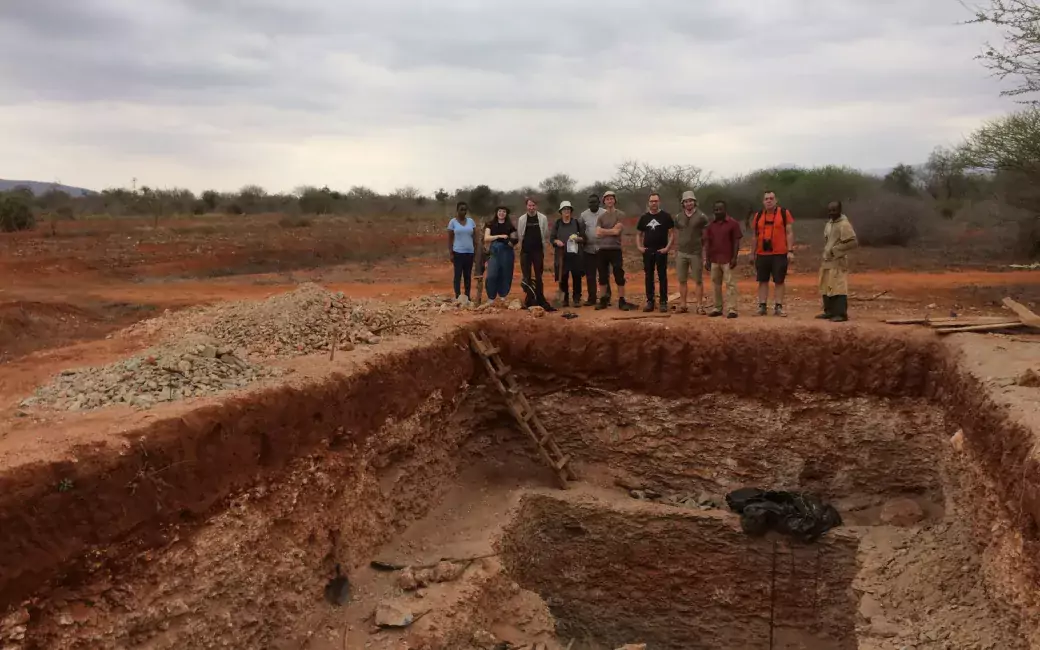Earth Change Observation Laboratory, a research group operating at the Taita Research Station in Kenya and on Kumpula Campus in Helsinki, investigates environmental change with the help of field surveys and remote sensing datasets.

For investigating the water cycle in Africa, the Taita Hills in Kenya offer an excellent location. In this region, a significant share of the water originating in the atmosphere is mist. The forest soil absorbs water more effectively compared to fields or pastureland. Ground litter slows down the flow rate of water, and the roots of trees make the soil porous. When the mist comes into contact with trees, leaves, branches and the mosses that grow on them, they capture the moisture and the water falls to the ground in drops.
- The research group's findings can be generalised to apply to sub-Saharan Africa, as the Taita-Taveta county can be considered a model of the continent, says Professor of Geoinformatics Petri Pellikka from the University of Helsinki. Because of varied elevation, the landscapes and land types in the region range from arid savanna grassland to humid cloud-covered forests. A total of 60% of the county is conservation area.






